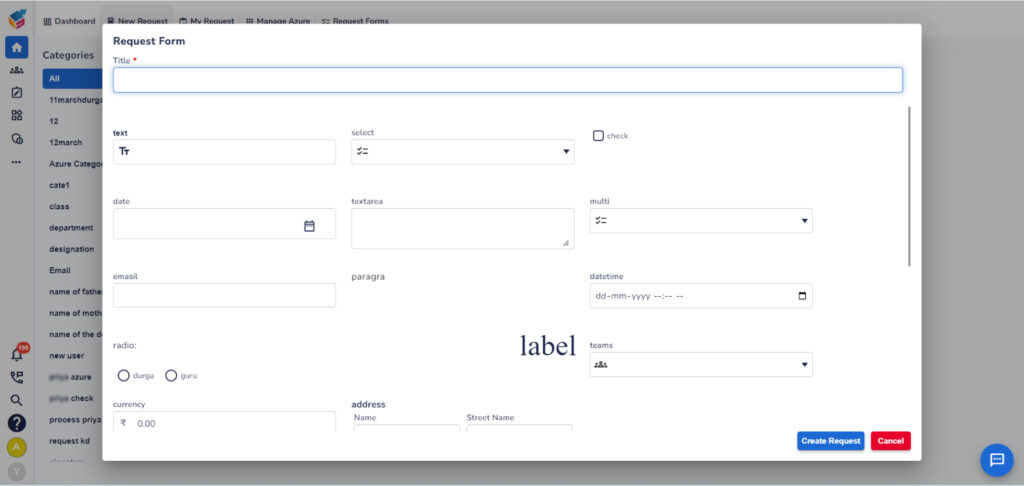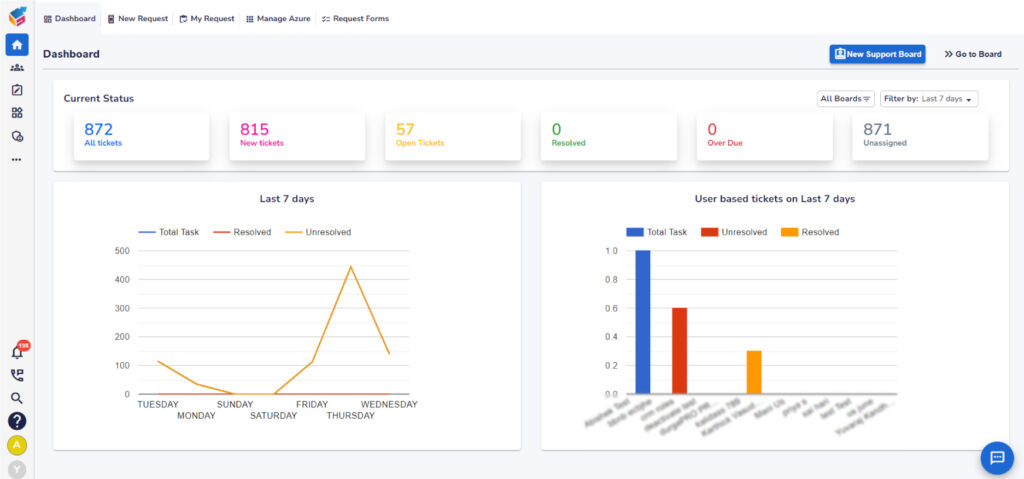Table of Contents
Measuring customer satisfaction accurately can be challenging. CSAT surveys often contain complex questions that can discourage customers from responding or lead to inaccurate responses. This lack of understanding in measuring customer satisfaction can result in businesses making poor decisions that impact their bottom line.
To address this, it’s crucial to ask concise questions and provide easy response options to ensure customers complete surveys without skipping questions. With today’s empowered customers who have various platforms to voice their opinions, measuring CSAT has become even more critical.
Social media channels like Facebook, Instagram, X(Twitter), and TikTok have made sharing opinions as simple as a few taps on a touchscreen. Every customer’s voice on these platforms can significantly influence other prospective customers’ perceptions of your business’s products and services.
For more convincing examples, continue reading the next section.
Why is Measuring Customer Satisfaction Essential in 2024?
Measuring customer satisfaction is essential in 2024 for several reasons:
- Increased Competition: With the rise of e-commerce and globalization, competition among businesses has become fiercer than ever. Customer satisfaction is a key differentiator that can set your business apart from competitors.
- Changing Consumer Expectations: Consumers today have higher expectations when it comes to the products and services they purchase. Measuring customer satisfaction helps you understand and meet these evolving expectations.
- Impact of Social Media: Social media has given customers a powerful platform to share their opinions and experiences. Measuring customer satisfaction helps you monitor and manage your brand’s reputation online.
- Customer Retention: Acquiring new customers is typically more expensive than retaining existing ones. Measuring customer satisfaction can help you identify issues early and take corrective actions to retain customers.
- Enhanced Customer Experience: Measuring customer satisfaction allows you to identify areas where your business can improve its products or services, leading to a better overall customer experience.
- Data-Driven Decision Making: By measuring customer satisfaction, you gather valuable data that can inform your business decisions. This data-driven approach can lead to more effective strategies and better outcomes.
Overall, measuring customer satisfaction is essential in 2024 to stay competitive, meet customer expectations, retain customers, enhance the customer experience, and make informed business decisions.
8 Steps to Measure Customer Satisfaction
- Define Your Goals: Before you begin measuring customer satisfaction, it’s essential to define your objectives. What specifically do you want to achieve? Are you looking to improve customer service, enhance the customer experience, or boost customer loyalty?
- Choose the Right Metrics: There are several metrics you can use to measure customer satisfaction, including Net Promoter Score (NPS), Customer Satisfaction Score (CSAT), and Customer Effort Score (CES). Choose the metric that aligns best with your goals.
- Implement Customer Surveys: Surveys are a great way to gather feedback from your customers. Use tools like SurveyMonkey or Google Forms to create and distribute surveys that focus on customer satisfaction.
- Utilize Customer Feedback: Pay attention to what your customers are saying. Whether it’s through surveys, social media, or customer reviews, use this feedback to identify areas for improvement.
- Focus on Customer Service: Customer service plays a significant role in customer satisfaction. Ensure that your customer support team is well-trained and equipped to handle customer queries and complaints effectively.
- Map the Customer Journey: Understanding the consumer journey can provide valuable insights into areas where customers may be experiencing issues or frustrations. Use consumer journey mapping to identify these pain points and make improvements.
- Segment Your Customers: Not all customers are the same. Segment your customers based on their needs, preferences, and behavior to tailor your approach and improve customer satisfaction.
- Leverage Automation: Automated tickets and customer support systems can streamline your processes and improve efficiency. By automating repetitive tasks, you can free up your team to focus on providing exceptional customer service.

Measuring customer satisfaction is key to building a successful business. By following these eight quick steps, you can gain valuable insights into your customers’ needs and preferences, ultimately leading to improved customer satisfaction and loyalty.
Get Started with Measuring Customer Satisfaction
Measuring customer satisfaction through feedback surveys is both an art and a science. It’s about understanding how customers are reacting to your offerings in real-time. Utilizing robust analytics alongside these surveys empowers you to predict what the next customer needs to become loyal to your brand, allowing you to solve the customer satisfaction puzzle effectively.

Now that you grasp the fundamentals of measuring customer satisfaction and improving the customer experience, it’s time to find a tool that can help you gather customer feedback, monitor crucial satisfaction metrics, and provide actionable insights. Once you’ve identified the right tool like Yorodesk for your needs, you can apply these insights in practice to deliver promising results.
Are you ready to get started?




